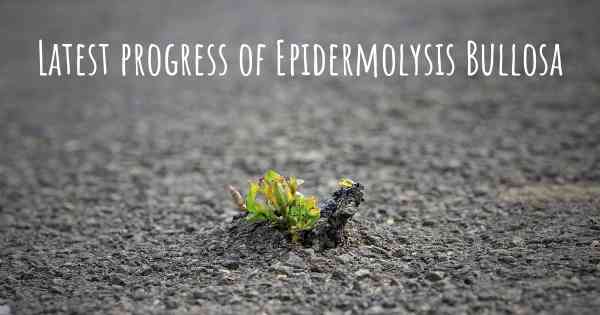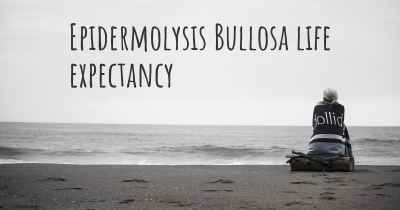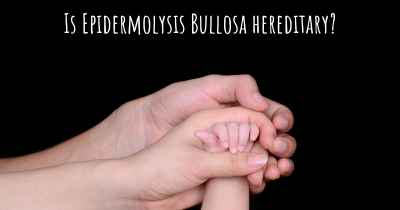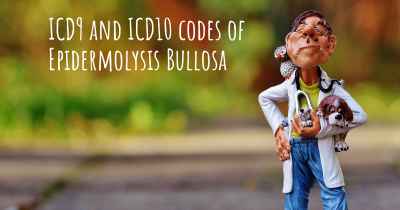What are the latest advances in Epidermolysis Bullosa?
Here you can see the latest advances and discoveries made regarding Epidermolysis Bullosa.

Epidermolysis Bullosa (EB) is a rare genetic disorder characterized by extremely fragile skin that blisters and tears with minimal friction or trauma. It is caused by mutations in genes responsible for producing proteins that help anchor the layers of the skin together. While there is currently no cure for EB, significant advances have been made in recent years to improve the management and treatment of this debilitating condition.
Gene Therapy
One of the most promising advances in the field of EB research is the development of gene therapy approaches. Gene therapy aims to correct the underlying genetic mutations responsible for EB by introducing functional copies of the affected genes into the patient's cells. This can be achieved through various techniques, such as viral vectors or gene editing tools like CRISPR-Cas9. Early studies have shown promising results in animal models, and clinical trials are underway to assess the safety and efficacy of gene therapy in human patients.
Topical Treatments
Researchers have been exploring innovative topical treatments to alleviate the symptoms of EB and promote wound healing. One such approach involves the use of bioengineered skin substitutes, which are created by culturing a patient's own skin cells in the laboratory and then grafting them onto the affected areas. These skin substitutes provide a protective barrier and can significantly improve wound healing in EB patients.
Protein Replacement Therapy
Protein replacement therapy involves administering the missing or defective proteins directly to the patient's skin. This approach has shown promise in certain types of EB, such as recessive dystrophic EB. Clinical trials have demonstrated improved wound healing and reduced blistering in patients receiving protein replacement therapy. Ongoing research aims to optimize the delivery methods and develop more targeted therapies.
Stem Cell Therapy
Stem cell therapy holds great potential for the treatment of EB. Researchers are exploring the use of various types of stem cells, including embryonic stem cells, induced pluripotent stem cells (iPSCs), and mesenchymal stem cells (MSCs). These cells can be differentiated into skin cells and used to replace the damaged or missing cells in EB patients. While still in the experimental stage, stem cell therapy has shown promising results in preclinical studies and offers hope for future treatment options.
Pain Management
Managing the chronic pain associated with EB is a crucial aspect of patient care. Recent advances in pain management techniques have improved the quality of life for individuals with EB. Multidisciplinary approaches that combine pharmacological interventions, such as topical analgesics and systemic medications, with non-pharmacological methods like physical therapy and psychological support have shown positive outcomes in reducing pain and improving overall well-being.
Collaborative Research Efforts
Advances in EB research have been greatly facilitated by collaborative efforts among scientists, clinicians, and patient advocacy groups. The establishment of international research networks and consortia has accelerated the pace of discovery and enabled the sharing of knowledge and resources. These collaborative initiatives have not only enhanced our understanding of the disease but also fostered the development of innovative therapies and improved patient care.
In conclusion, significant progress has been made in the field of Epidermolysis Bullosa research. Gene therapy, topical treatments, protein replacement therapy, stem cell therapy, pain management strategies, and collaborative research efforts are all contributing to the advancement of EB treatment options. While there is still much work to be done, these recent advances offer hope for improved outcomes and a better quality of life for individuals living with EB.








